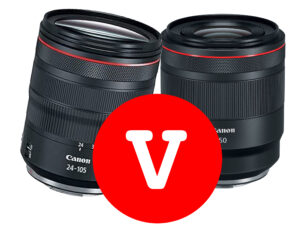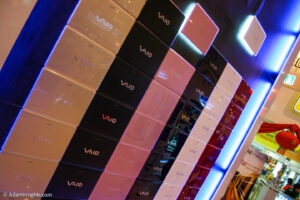Rundle St during the Adelaide Fringe. In the middle of ‘Mad March’ 2019. The last year before COVID happened. Remember times like this before social distancing? I just went for a walk in the evening with the Leica M10 and snapped away. People were happy and carefree. The night was warm. I just enjoyed what the natural light had to offer.
The 2019 Fringe was great. In 2019 there were 517 venues, which included “pop-up” venues in parks, warehouses, laneways and disused buildings, as well as established venues such as theatres, hotels, bars, pubs, art galleries and cafes. Buskers regularly perform in Rundle Mall and elsewhere in and around the city as well as in the suburbs.
FYI ‘Mad March’ is a term used by us Adelaidians to describe the period of five big events running concurrently in the local calendar: the Adelaide Festival of Arts (a three-week festival starting a week after the Fringe), which includes Adelaide Writers’ Week and the four-day world music festival WOMADelaide, as well as the Adelaide 500 street circuit motor racing event, with accompanying its evening music concerts.
The Adelaide Fringe, formerly Adelaide Fringe Festival, is the world’s second-largest annual arts festival (after the Edinburgh Festival Fringe), held in the South Australian capital of Adelaide. Between mid-February and mid-March each year, it features more than 7,000 artists from around Australia and the world.
In 2019, the Fringe increased tourist attendance by 72% on 2018, attracting a total of 3.3 million attendances across the month of Fringe! That year, the Adelaide Fringe attracted almost 35,000 interstate and international visitors, a staggering 72 per cent increase compared to the previous year.
The much-loved festival also generated a record $95.1 million in gross economic expenditure for South Australia, including $36.6 million in visitor spending – up 24 per cent.
Adelaide Fringe’s impressive growth and overwhelming economic benefit to South Australia is highlighted in the festival’s Annual Review released today.
For 2019, box office revenue reached $19.5 million from 828,563 tickets sold (up 17 per cent) to further cement Adelaide Fringe’s position as the highest ticket selling arts festival in Australia and the second-largest Fringe in the world.
Founded in 1960 as a loose collection of official (coordinated by the Festival of Arts) and unofficial events run by local artists, and initially seen as adjunct to the main Festival of Arts, the Fringe became an incorporated body in 1975, with the 1976 festival named Focus and later Adelaide Festival Fringe, before the 1992 change to Adelaide Fringe Festival. It has grown from a two-week long, biennial community festival for local artists only, to a major annual international festival.

Since 2007, the Adelaide Fringe holds an annual competition to select the cover art for the festival’s guide, website, posters and general branding.
The principal partner for many years has been BankSA. Government funding has increased in recent years. The Government of South Australia is a major sponsor, through Arts South Australia from 1997 to 2018, and since then directly via the Department of the Premier and Cabinet. The City of Adelaide, The Advertiser, 9News are also among the partners of the Fringe, and corporate and private donors help to support specific initiatives for artists.




































































